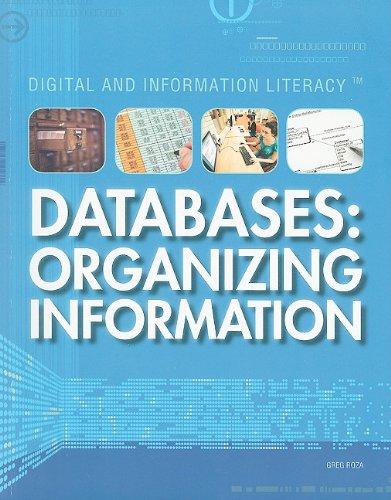I need help with both problems 7 and 8. See the image below. Assume that merged is a dataframe with the necessary variables. I did
I need help with both problems 7 and 8. See the image below. Assume that "merged" is a dataframe with the necessary variables.
I did not include the actual dataset of 2019. The dataset of 2019 comes from a merged file that I have to write the code for it to only retrieve the 2019 data from the merged file. The file is not included in this question. Please assume that I was able to call the 2019 data.
That's where the code comes in below:
year2019 = merged[merged['Year'] == '2019']
What is the next code to call any 10 countries from the year2019 dataframe? Please show the process from this point onward. as to the code to select 10 countries from year2019 dataframe, select any three firelds for the chart (such as population, life expectancy, and life ladder) for the chart to create the bubble chart.

Step by Step Solution
There are 3 Steps involved in it
Step: 1

See step-by-step solutions with expert insights and AI powered tools for academic success
Step: 2

Step: 3

Ace Your Homework with AI
Get the answers you need in no time with our AI-driven, step-by-step assistance
Get Started


